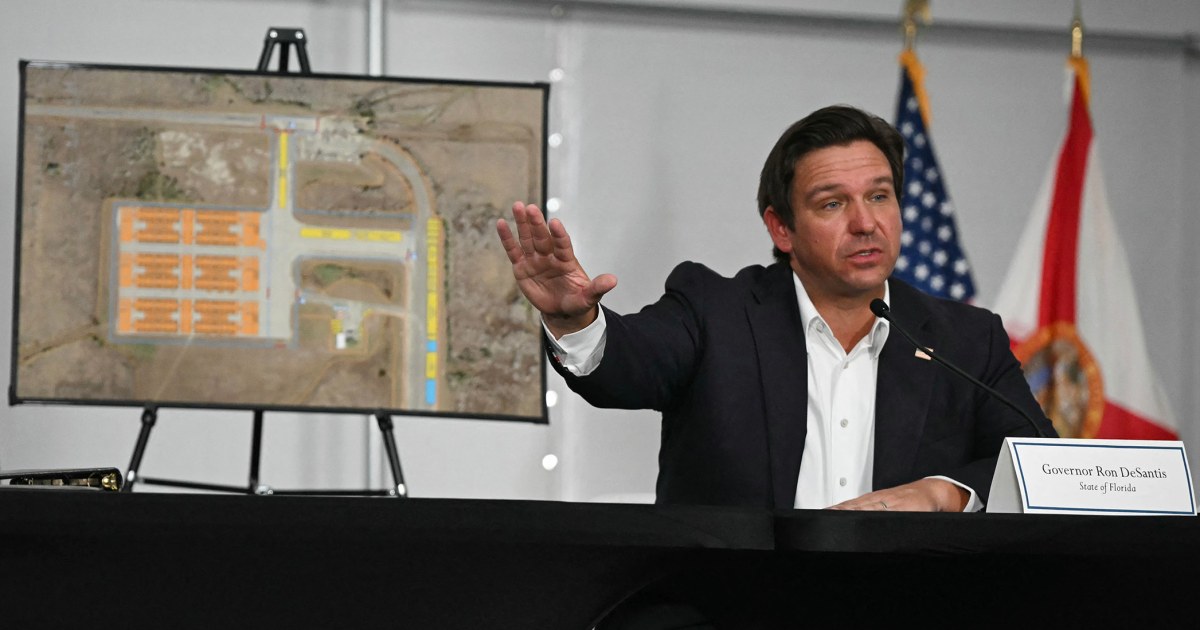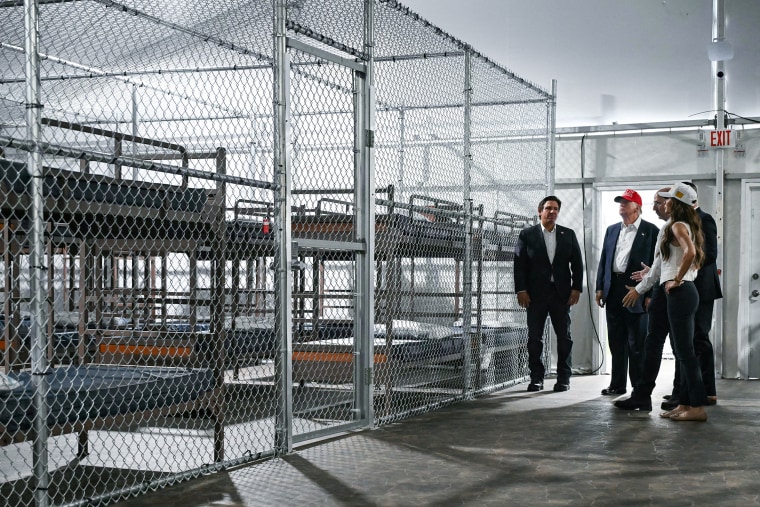
Soham Parekh was the perfect software engineering candidate. The problem was that several tech startups thought so.
At least 10 tech company executives have said publicly in recent days that they had recently employed Parekh, sparking a wave of internet discussion about the tech industry’s remote work practices and the relatively recent phenomenon of tech employees’ surreptitiously holding multiple jobs at once.
Parekh’s name first began to circulate after Suhail Doshi, the former CEO of the analytics startup Mixpanel, wrote a post Wednesday warning those in the tech industry that Parekh was trying to work at several startups at the same time. Parekh didn’t respond to emailed requests for comment.
“PSA: there’s a guy named Soham Parekh (in India) who works at 3-4 startups at the same time. He’s been preying on YC companies and more. Beware,” he wrote on X, referring to startups that have received funding from the accelerator Y Combinator.
“I fired this guy in his first week and told him to stop lying / scamming people. He hasn’t stopped a year later. No more excuses,” wrote Doshi, who didn’t respond to a request for comment.
People in the comments shared similar stories.
“We just signed him up for our work trial next week. Saw this tweet. Cancelled work trial. Thank you for sharing!” a user wrote under the post.
“LMFAOOO I INTERVIEWED THIS GUY YESTERDAY BRO IM DYINGG,” wrote another.
As claims about him circulated, Parekh began to give interviews.
Parekh admitted working at several startups at once in an interview Thursday with the online daily tech show “TBPN.”
“I’m not proud of what I’ve done,” Parekh said. “That’s not something that I endorse, either. But, you know, financial circumstances, essentially. No one really likes to work 140 hours a week, right? But I had to do this out of necessity. I was in extremely dire financial circumstances.”
Parekh said that to pull off having multiple jobs at once, he is a “serial nonsleeper” and doesn’t “do anything outside coding.” He also shot down online rumors that he had a team of engineers working for him or that he was using artificial intelligence tools to acquire more jobs.
The share of people in the United States with multiple jobs recently increased from 5.3% and 5.5%, according to The Wall Street Journal.
In an X discussion with Andriy Mulyar, the CEO of Nomic AI — another startup that Parekh worked at — Parekh said the most jobs he had at a single time was four, at least several of which had six-figure salaries. He estimated that he was bringing in $30,000 to $40,000 per month. Mulyar confirmed to NBC News that the account in the X discussion belonged to Parekh and that Parekh was previously employed at Normic AI.
Parekh said in the “TBPN” interview that he began juggling multiple jobs in 2022. He re-emphasized that he did so out of financial necessity, adding that he had deferred an offer to graduate school and opted for an online degree. A picture of his résumé posted by Doshi, which Lowe confirmed was the one he had received, says he attended Georgia Tech from September 2020 to May 2022. A spokesperson for the school said in a statement to NBC News that it had no record of a student by that name.
“There’s a lot being said about me right now, and most of you don’t know the full story,” Parekh said on his X account, which he confirmed to be his in the “TBPN” interview. “If there’s one thing to know about me, it’s that I love to build. That’s it. I’ve been isolated, written off and shut out by nearly everyone I’ve known and every company I’ve worked at. But building is the only thing I’ve ever truly known, and it’s what I’ll keep doing.”
Marcus Lowe, the founder of the tech startup Create, shared an experience similar to those of other employers who spoke out online. Lowe confirmed to NBC News that Parekh was the person featured in the “TBPN” video.
Lowe said Parekh aced his in-person interview back in February and even outperformed most candidates. But as his first day of work approached, more and more issues kept arising.
Whether it was that he was sick or that he had family visiting, Lowe said, Parekh would come up with excuse after excuse for why he couldn’t show up to work. He said that at first they seemed believable, until he began to look into Parekh’s GitHub account.
“I happen to notice, actually, on his GitHub profile that he was actually committing code the prior two weeks, too, including the week that he was sick,” Lowe said. “So it was a little odd to me — I mean, maybe you’re offline if you’re sick. Typically you’re not committing a ton of code.”
Lowe added that when he did some searching, he found that Parekh was committing code to another company called sync.so. He sent a message to the company’s founder, who confirmed to him that Parekh was working there, as well.
“This was a huge waste of time for us, a big distraction. We’re a small company,” Lowe said. “We’re trying to survive, and just such direct immoral behavior felt worth speaking out about.”
Parekh can be seen at sync.so in several posts by employees at the company, as well as in videos featured on its YouTube channel. An employee confirmed that Parekh was employed at sync.so but declined a request for an interview.
Parekh now says he signed a deal to work at “one company and one company only.” He told “TBPN” that he would be working at another startup called Darwin.
Sanjit Juneja, its founder and CEO, said in an emailed statement: “At Darwin, we are solely focused on building the most innovative software products for both brands and content creators. Soham is an incredibly talented engineer and we believe in his abilities to help bring our products to market.”


















